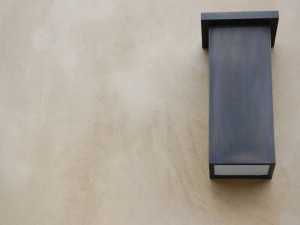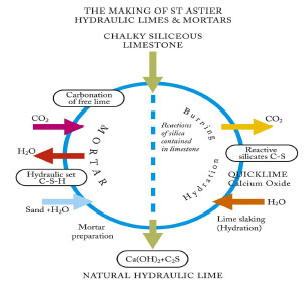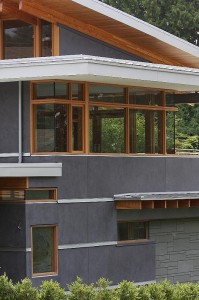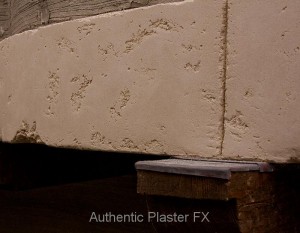Hydraulic Lime
Hydraulic Lime is a type of lime that has been used in construction since ancient Roman times is now covered by an ASTM International standard. ASTM International Committee C07 on Lime has approved ASTM C1707, Specification for Pozzolanic Hydraulic Lime for Structural Purposes. The new standard is under the jurisdiction of Subcommittee C07.02 on Specifications and Guidelines.
Read more here ASTM International Standards
Greening of Mortars with Pozzolans
Quote from ASTM.org
“Growing interest in sustainable building has created a strong interest in fly ash and other coal combustion products (CCPs). Emergence of agencies like the U.S. Green Building Council (USGBC) and the Coal Combustion Products Partnership (C2P2) of the USEPA has accelerated this trend. Their primary goal is sustainable development, focusing on environmental and social concerns. More than 30% of the 100 million tons of coal combustion products produced in the U.S. annually are being beneficially used in such things as manufactured stone, ceramic tile, shingles, concrete, aerated cellular concrete blocks, concrete blocks, stuccos, and mortars. The use of CCPs positively impacts the environment. Specifiers, contractors, and industry need to recognize that environmental stewardship today affects our children tomorrow. The features and benefits recognized in pozzolanic mortars reach beyond the technical, environmental, social, and sustainable aspects of this mortar. They signal future generations to track, improve, and develop mortars beyond any of our current technology”
Natural Hydraulic Lime (NHL) is seeing a worldwide comeback
Hydraulicity & Properties
Hydraulicity is the property of a binder to harden in contact with water.
Hydraulicity is produced by burning a limestone containing silica, alumina and iron oxides which above certain temperatures combine, totally or partially, with the Calcium Oxide. The resulting silicates, aluminates and ferrites give hydraulic properties to the product. Today as in the past, natural building limes are obtained by burning and slaking limestone and the more or less hydraulic character of the finished product is directly related to the percentage of calcium silicates, aluminates and ferrites formed during burning. The composition of the Earth crust shows the predominance of silica and its presence is almost inevitable in all limestone deposits.
Read the rest of the article here ST. Astier Lime mortars
Cement Stucco’s are Evil !
There I said it….but until the majority of home buyers and builders realize the benefits of hydraulic lime base coats and finishes we will be stuck with cement and acrylic stucco in North America…where time is money friends!
Evidence shows that lime has always been and will remain a practical, sustainable, healthier and greener alternative to cement, worthy of far more widespread use across the building industry.
Until the time the consumers realize these benefits, the ST. Astier NHL will remain relatively expensive,and cement will continue to be used as base coats for exterior stucco’s,which is a shame
Authentic Plaster FX from Vancouver BC. is working hard, exposing local builders to Natural hydraulic lime stucco’s, and venetian plaster finish coats such as Intonachino and Tadelakt. Discerning homeowners, architects and the exterior envelope engineers will look closely at the beauty and functionality of Hydraulic Lime plaster exteriors.








